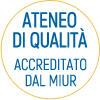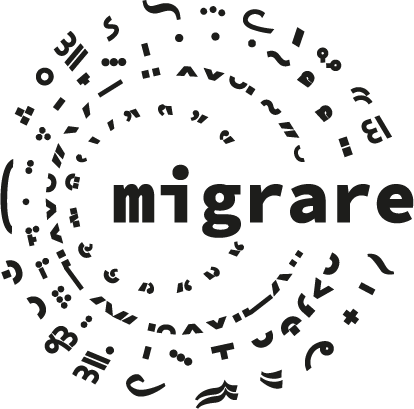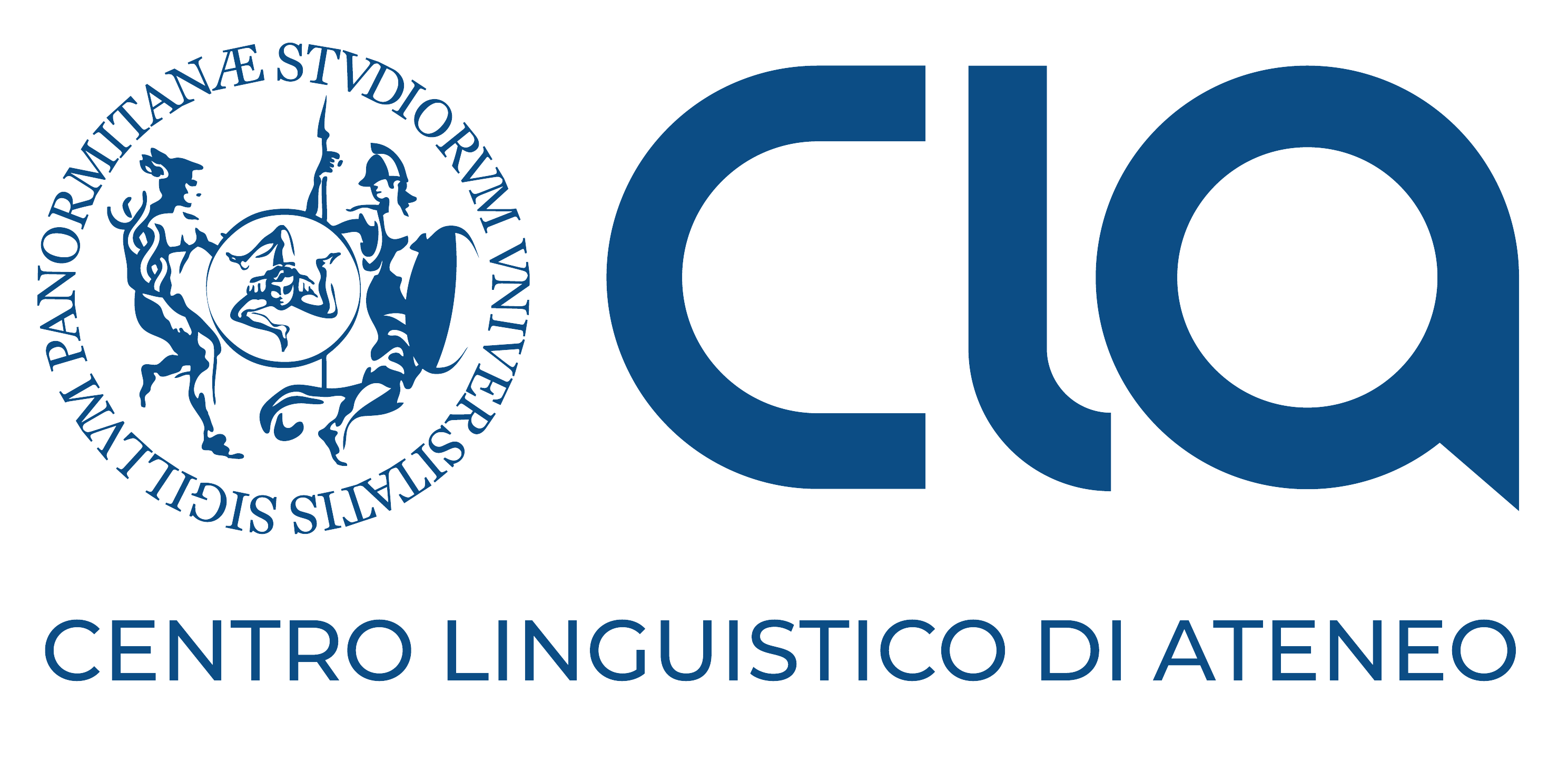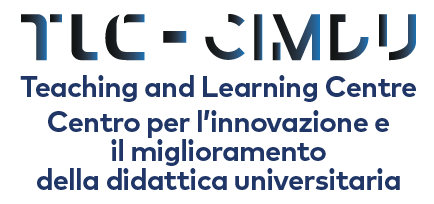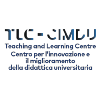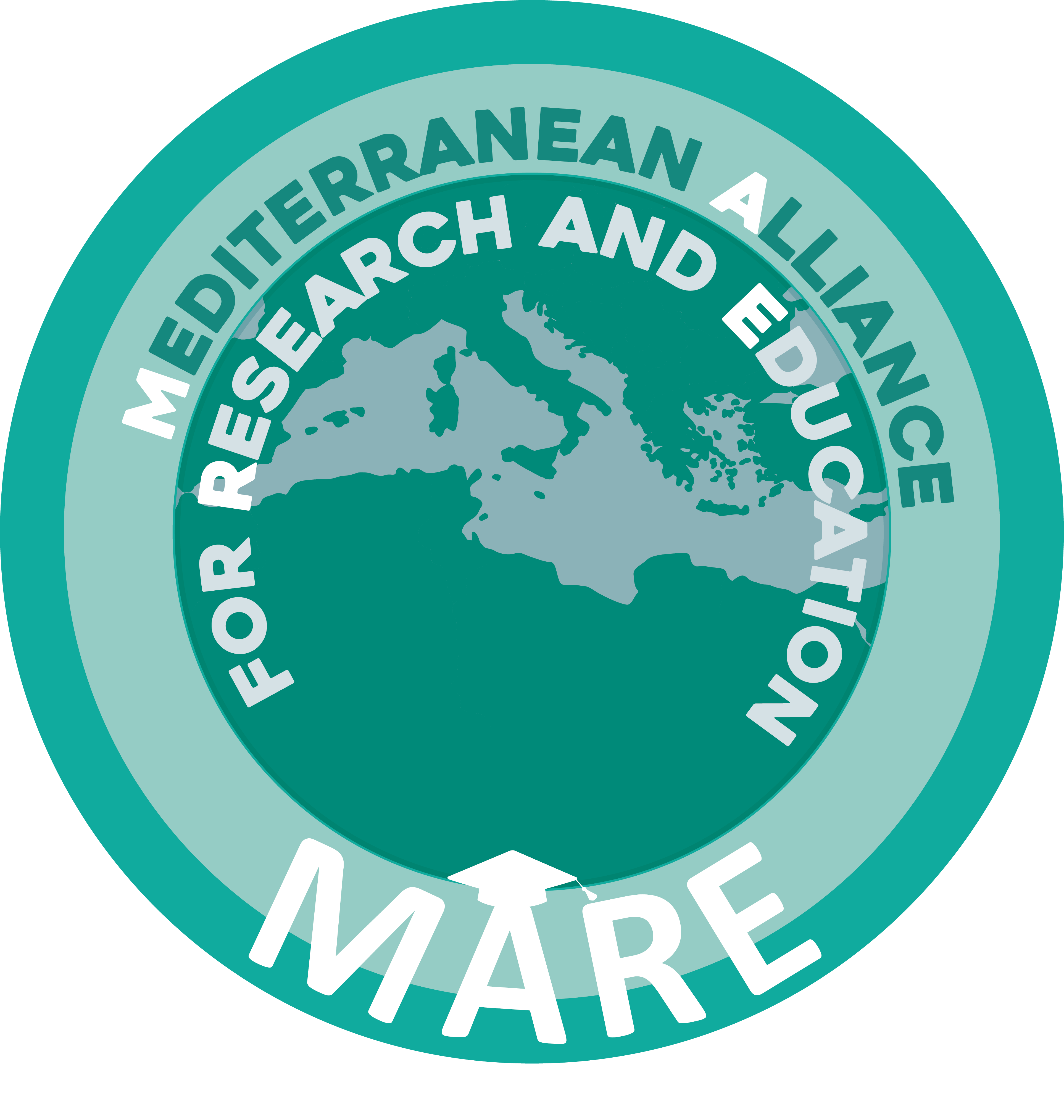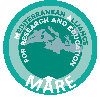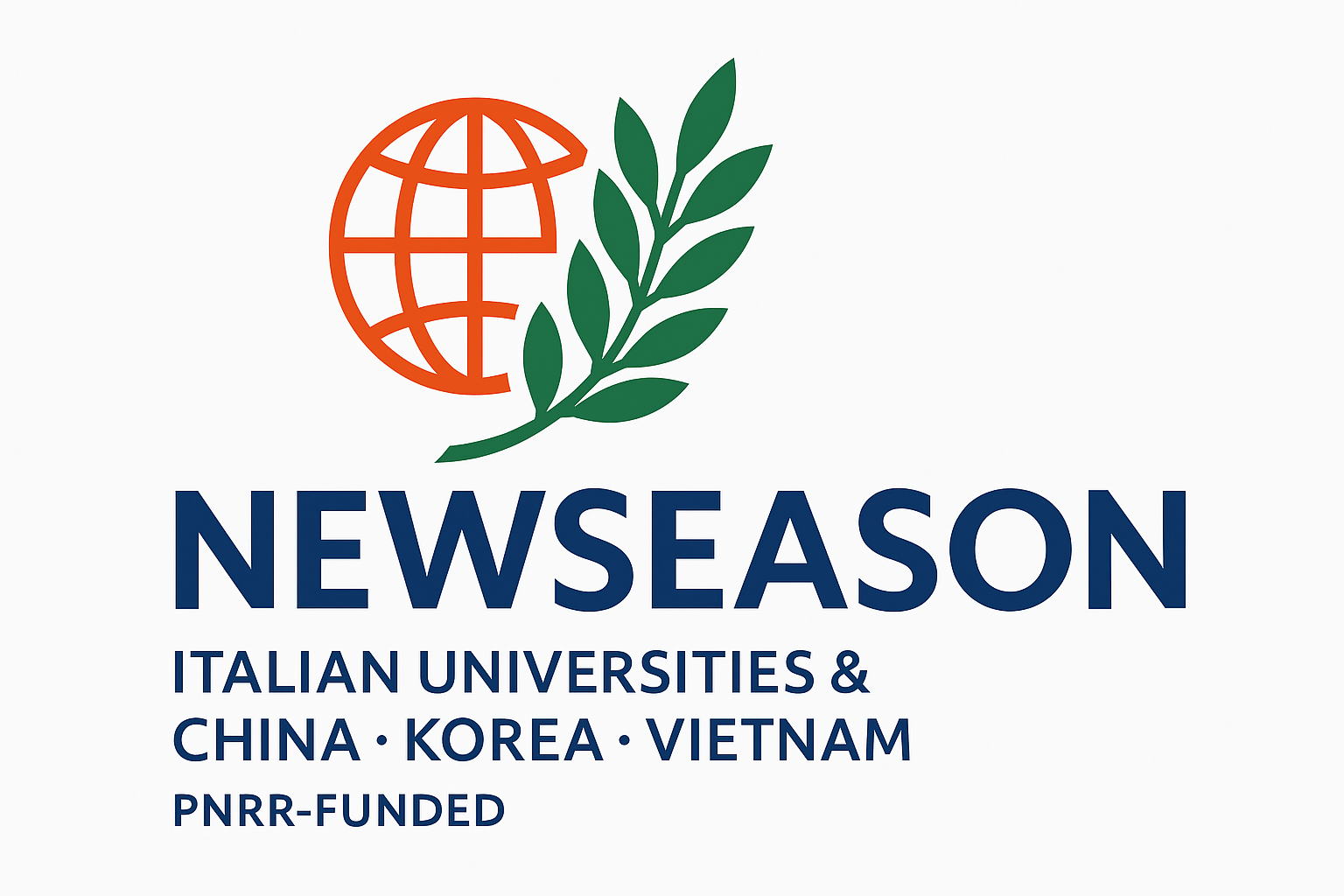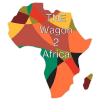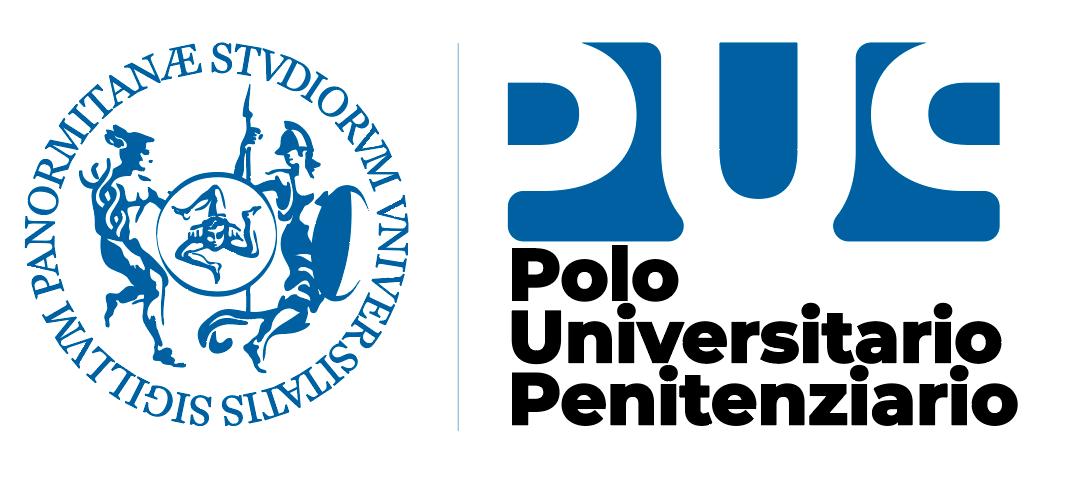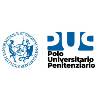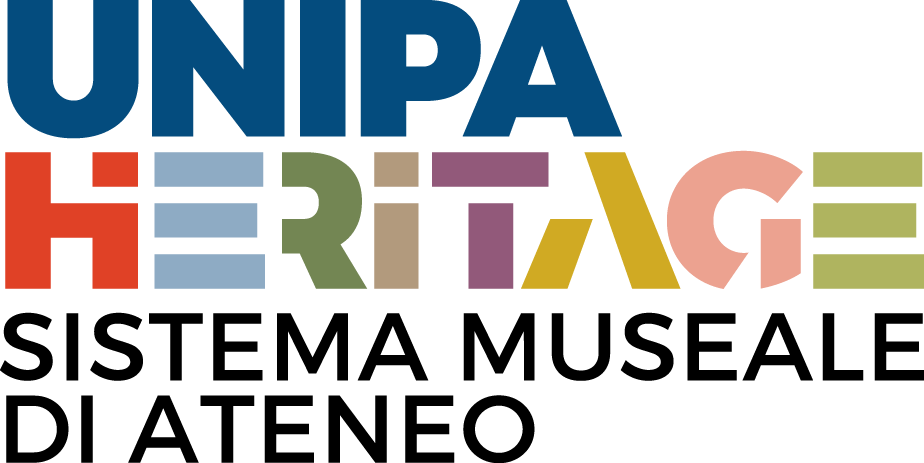Formazione disciplinare
Le attività formative frontali di base previste per gli allievi del Dottorato in Tecnologie e Metodi per la Formazione Universitaria ammontano a 120 ore di lezione. Tali attività prevedono la partecipazione a corsi dedicati agli allievi del dottorato. È incoraggiata anche la partecipazione a cicli di lezioni e seminari organizzati dal collegio dei docenti, la frequenza di scuole internazionali e di convegni tematici e trasversali.
L’offerta formativa si articola in 11 insegnamenti, la cui scelta viene concordata dal collegio dei docenti secondo le necessità e richieste degli studenti. Il riconoscimento delle ore è effettuato attraverso la valutazione, tramite esame, delle attività svolte dagli allievi.
I corsi disciplinari dedicati sono i seguenti
| N. | Denominazione dell’insegnamento | Ore | Anno in cui l’insegnamento può essere frequentato | Descrizione del corso |
|---|---|---|---|---|
|
1 |
Theoretical and practical introduction to quantum machine learning |
20 |
Primo & Secondo |
Content: ° Basic notions of machine learning ° Different learning paradigms (unsupervised, supervised, reinforced), different models (types of neural networks) ° Different training methods (stochastic gradient descent and its variants) ° Basic notions of quantum computation relevant to understand efficiency claims. ° Quantum-enhanced machine learning vs machine learning applied to quantum: the many different ways to merge machine learning and quantum information science. ° Some case studies of problems arising in quantum information theory which can be tackled with machine learning. |
|
2 |
Introduction to agent-based models |
20 |
Primo & Secondo |
The course will provide basic concepts about agent-based models with an emphasis on their origin and their applications. The contributions from statistical physics to the understanding and solution of ABMs will also be discussed by considering toy-models such as the Ising model on a lattice. Applications in physics, social sciences and economy will also be considered. |
|
3 |
Quantum tools for future scientific research |
20 |
Primo & Secondo |
The goal of the course is to present the current available methodologies and concepts developed in quantum information theory and their potential applications to different research areas, such as condensed matter physics and high energy physics. This will pass through the acquisition of knowledge on tensor network methods as a key methodological tool. |
|
4 |
Neural networks |
20 |
Primo & Secondo |
The course on neural networks introduces the principles and applications of artificial neural networks, which are computational models inspired by the structure and function of biological neurons. It covers the fundamental concepts of feedforward and recurrent neural networks, including architectures, learning algorithms, and optimization techniques. Students will learn how to design, train, and evaluate neural networks for a variety of tasks, such as classification, regression, and sequence modeling. The course covers the basics of neural network models, including perceptrons, multilayer perceptrons, and recurrent neural networks. It also delves into deep learning, including convolutional neural networks and autoencoders. The course emphasizes the practical aspects of neural networks, including the design and implementation of networks, the analysis of their behavior and performance, and their application to real-world problems. Students will learn how to apply neural networks to a variety of domains, such as image and speech recognition, natural language processing, and robotics. Overall, this course provides students with a solid understanding of neural networks and their applications. By the end of the course, students will have gained practical experience in designing, training, and evaluating neural networks to solve complex problems. |
|
5 |
Physics for computation |
20 |
Primo & Secondo |
This course focuses on the study of physics concepts and their application to computational systems. Topics include quantum mechanics, statistical mechanics, thermodynamics, and information theory. The course aims to provide students with a deep understanding of the fundamental physical principles that underpin modern computing, and their applications in various fields such as quantum computing, information processing, and cryptography. In this way, students will be able to use physics-based tools and techniques to analyze and design computational systems. Upon completion of the course, students will have gained the knowledge and skills necessary to work in fields such as quantum computing, information processing, and cryptography. |
|
6 |
Engineering of machine learning |
20 |
Primo & Secondo |
The course on the engineering of machine learning focuses on the practical aspects of building, deploying, and maintaining machine learning systems. It covers the entire machine learning pipeline, from data preparation and feature engineering to model selection and evaluation, to deployment and monitoring. Students will learn how to design and implement machine learning systems that are scalable, efficient, and maintainable. The course covers the basics of software engineering for machine learning, including version control, testing, debugging, and documentation. It also delves into the challenges of productionizing machine learning, such as model serving, infrastructure management, and data privacy. The course emphasizes the importance of collaboration and communication in machine learning engineering, including best practices for working in teams, sharing code and data, and communicating results to stakeholders. Students will learn how to work with common machine learning frameworks and tools, such as TensorFlow, PyTorch, and Scikit-learn. Overall, this course provides students with a solid understanding of the engineering of machine learning systems and their applications. By the end of the course, students will have gained practical experience in building, deploying, and maintaining machine learning systems that meet real-world requirements. |
|
7 |
Long range correlations in statistical physics |
20 |
Primo & Secondo |
Contents Part 1: Long-range correlations in continuous stochastic processes ° Introduction to stochastic processes. Langevin equation as a motion equation in presence of noise ° Langevin equation and Fokker-Planck equation ° Eigenfunctions methodology ° Memory properties in stochastic processes. Doob theorem ° Ergodicity of log range correlated processes ° Extreme value theory
Part 2: Long-range correlations in discrete stochastic processes ° Markov chains ° Hidden Markov Models ° ARCH e GARCH stochastic processes ° FbM, ARIMA, FARIMA, FI-GARCH stochastic processes
Part 3: Long-range interactions in statistical mechanics ° Mean field theories ° Hamiltonian systems with long range interactions ° Quantum systems with long-range interactions ° Out-of-equilibrium long-range correlations |
|
8 |
Networks and Big Data |
20 |
Primo & Secondo |
In this course, we will first provide an overview of “big data” and network theory. We will then focus on real (big) datasets in economics, finance, and other social sciences, and show how network tools, methods, and models might be useful to reveal the emergent properties of investigated systems. We will learn the basic structural and dynamical properties of networks and how to apply these concepts to real systems. We will investigate, starting from real (big) data, the structure and properties of several social networks including financial networks, trading networks, crime networks, and phone-call networks. We will also explore the dynamics of processes occurring on networks, such as market contagion, and macroscopic phenomena related to these processes, including information cascades and herding. Students will be expected to think critically about concepts, models, and empirical evidences presented in class. They will be also expected to apply concepts and analysis tools to real-world networks. |
|
9 |
Text analysis through network analysis approach |
20 |
Primo & Secondo |
This course offers a comprehensive introduction to advanced text analysis techniques, with a particular focus on topic modeling. We explore the fundamental concepts, state-of-the-art models, and inherent limitations of topic modeling. Then, we introduce the network theory examining how network-based tools, methods, and models can be employed to reveal the emergent properties of complex systems. Specifically, we introduce the Statistically Validated Networks (SVN) method and demonstrate its application across various domains, including textual analysis. Indeed, special attention will be given to the construction and analysis of word co occurrence networks—graph-based representations of text corpora. The core component of the course focus on i) exploring network-based approaches to constructing topic models directly, and ii) designing and applying coherence measures for evaluating topic models. Throughout the course, students are expected to engage critically with the theoretical concepts, models, and empirical findings discussed in class. They will also apply analytical techniques to real-world textual data, gaining practical experience with cutting-edge methods in computational text analysis and network science. |
|
10 |
Open quantum systems & dynamics |
20 |
Primo & Secondo |
Contents: ° Python and Quantum Physics: ° Operators and Superoperators ° Quantum Dynamical Maps ° Positive and Complete Positive Maps, Operator-sum representation ° Markovian Semigroup ° Open Quantum System Dynamics ° Stochastic Master Equation (Monte Carlo Method) ° Collision models |
|
11 |
Photonic quantum technologies |
20 |
Primo & Secondo |
The course is designed to provide in-depth knowledge and advanced research skills in the intersection of photonics and quantum technologies. Students will first explore the technology currently adopted for single-photon generation, manipulation and detection via bulk and integrated photonics. The second part of the course will address the use of photonics devices for quantum information processing. The course will present the students with forefront methods of experimental quantum information processing in photonic platforms that will inform the development of their research project. |




